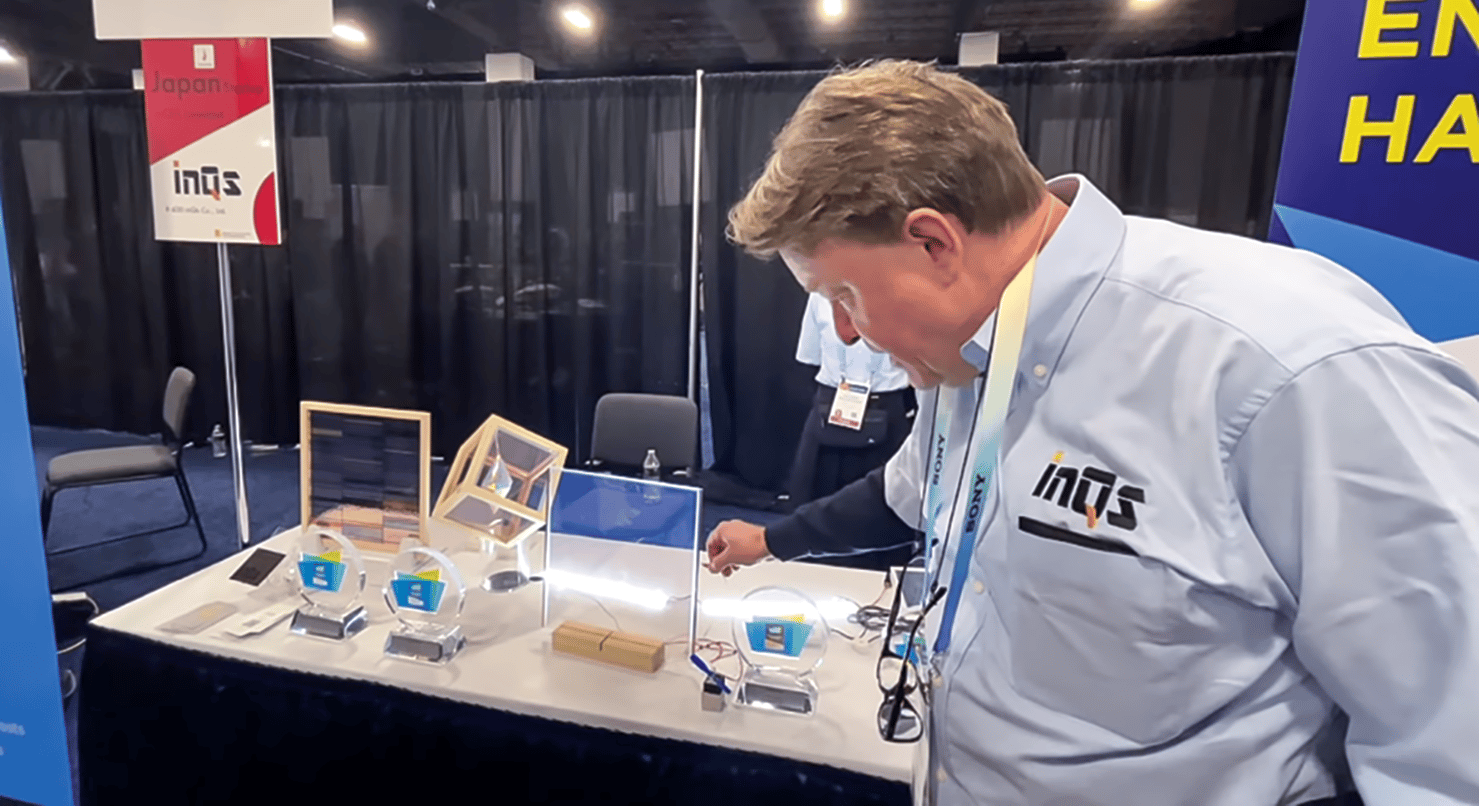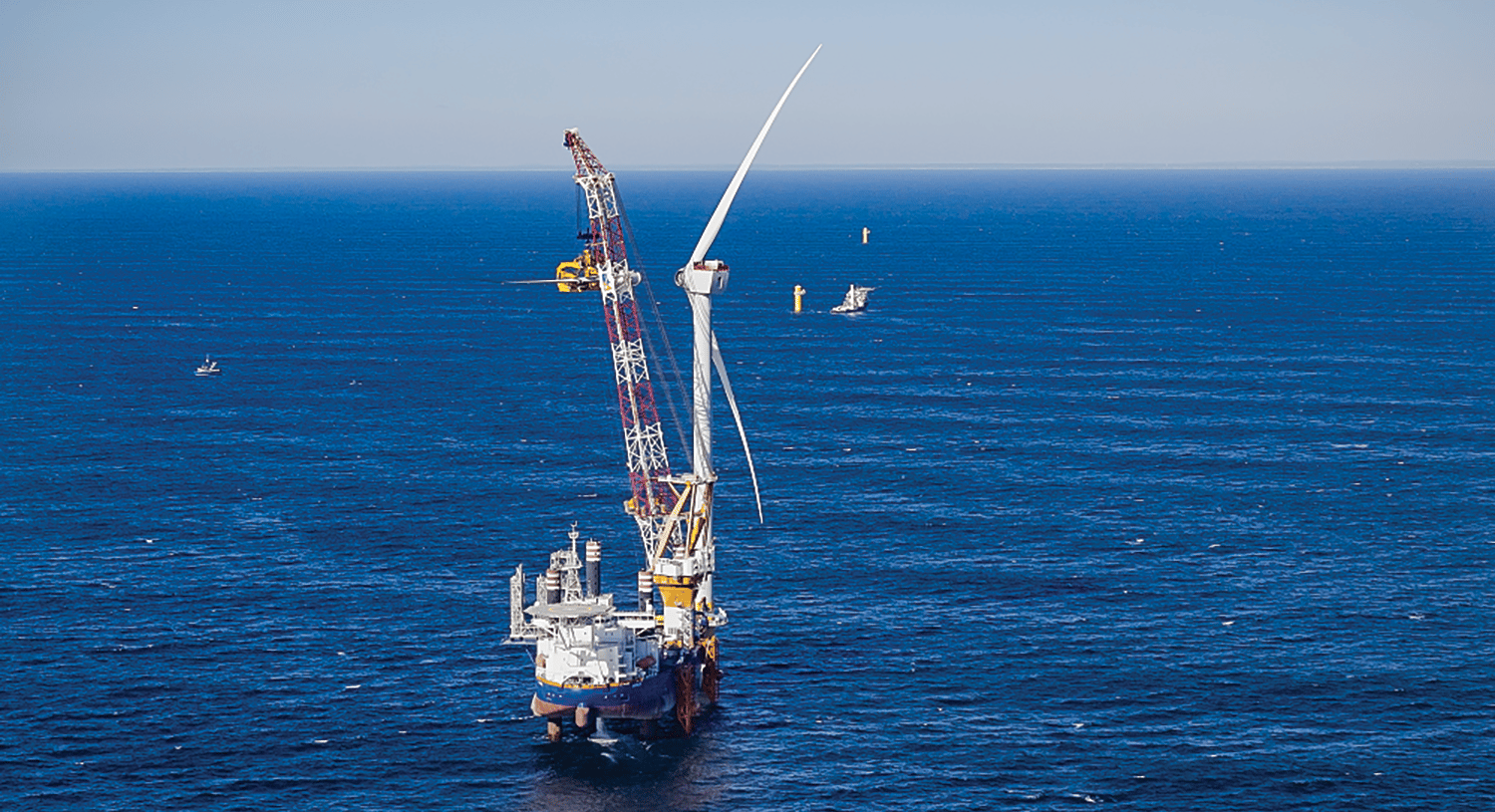
news & trends
C&GM INDUSTRY NEWS:
The rise of quantum: New centers channel funding and research into advancing next-generation quantum systems
By Helen Widman
The use of computer modeling and simulations has skyrocketed in recent years as researchers aim to identify promising new material structures and compositions faster and at lower costs than traditional trial-and-error experiments.
The emerging field of quantum computing offers the possibility to identify materials even faster and more accurately. Interest in this possibility is so intense that Tech Briefs magazine made quantum computing in materials science the cover story for its March 2024 issue.
Before quantum computers can be used to identify promising materials, though, novel materials and procedures must be developed to create these next-generation computing systems. In the past year, many new quantum technology research centers were launched around the world to address this need. Below is an overview of some new centers and facilities announced since the beginning of 2024.
North America
Stewart Blusson Quantum Matter Institute: The University of British Columbia received $5.8 million in investments from the Canada Foundation for Innovation and the B.C. Knowledge Development Fund to develop a crystal growth facility, which will aid in the synthesis of quantum materials that have not been easily accessible before. Materials scientists from the University of British Columbia’s Stewart Blusson Quantum Matter Institute will lead these efforts. Learn more.
UCLA Center for Quantum Science and Engineering: The University of California, Los Angeles (UCLA) plans to turn a sprawling former shopping mall site into the UCLA Research Park, which will house a new quantum research innovation hub led by UCLA’s Center for Quantum Science and Engineering. The goal is to unite researchers and partners across disciplines to not only develop a new quantum industry workforce but to also create innovations in communications, computing, and other areas. Learn more.
Quantum New Mexico Institute: The University of New Mexico (UNM) is partnering with Sandia National Laboratories to launch the Quantum New Mexico Institute, which will be jointly located at UNM facilities and Sandia Labs. The goal of this center is to help affirm New Mexico as a national leader in quantum research and education. Learn more.
IBM Quantum Innovation Center: The University of Southern California (USC) is partnering with IBM to establish USC’s IBM Quantum Innovation Center, which will welcome researchers and students alike. This new center is a part of USC President Carol Folt’s Frontiers of Computing “moonshot,” a $1 billion initiative that supports innovations like quantum computing. Learn more.
Texas Quantum Institute: The Texas Quantum Institute, established by The University of Texas at Austin, aims to bridge basic research and applied science in the field of quantum computing. The Institute will be led by co-directors Elaine Li and Xiuling Li and unite more than 30 researchers. Learn more.
Europe
Copenhagen Center for Biomedical Quantum Sensing: The Novo Nordisk Foundation awarded a grant of DKK 150 million (US$21.5 million) to establish the Copenhagen Center for Biomedical Quantum Sensing. This international collaboration will be led by the University of Copenhagen, Technical University of Denmark, and the University of Texas at Austin and will focus on quantum sensing technology innovations to improve healthcare and medical diagnoses. Learn more.
Finnish Quantum Flagship: The Finnish Quantum Flagship (FQF) is a collaboration between several Finnish organizations that seeks to foster a developing workforce in quantum technology and initiate new quantum research activities. The project will take place from 2024 to 2031 and is funded by €13 million from the Research Council of Finland. The FQF includes Aalto University (coordinator), the VTT Technical Research Centre of Finland, the University of Helsinki, the University of Jyväskylä, Tampere University, the University of Oulu, and the CSC-IT Centre for Science. Learn more.
Fujitsu Advanced Computing Lab Delft: Fujitsu and Delft University of Technology in the Netherlands established the Fujitsu Advanced Computing Lab Delft to develop diamond-spin quantum computing technologies as part of an industry–academia collaboration through the Fujitsu Small Research Lab initiative. Learn more.
King’s Quantum: King’s College London launched the King’s Quantum research center with the goal of advancing quantum technology research in areas such as healthcare, security, and industry. The center will be directed by James Millen. Learn more.
Center for Doctoral Training in Quantum Technology Engineering: The University of Southampton received funding from the Engineering and Physical Sciences Research Council to launch the Center for Doctoral Training in Quantum Technology Engineering. Director Tim Freegarde says the center will be a crucial part in government plans to transform Britain into a quantum-enabled economy by 2033. Learn more.
Rising costs necessitate recalibration of offshore wind power projects
The future of wind power is big, both figuratively and literally. In addition to growing investments in the wind sector, wind turbines grew physically larger since the early 2000s, allowing them to capture more wind and produce more electricity.
In the past year, however, the wind sector experienced some setbacks compared to other renewable energy technologies. According to BloombergNEF’s 2H 2023 Renewable Energy Investment Tracker report, onshore wind investment declined for four straight quarters due to grid constraints, permitting challenges, and faltering policy support. While offshore wind investment fared better, posting a strong 47% increase relative to the first half of 2022, the translation of this investment into tangible products is not such a rosy picture, as detailed in a CNBC article in November 2023.
As the CNBC article explains, specialist wind energy firms often find themselves outbid for seabed licenses by traditional oil and gas players. If they do win a contract, electricity prices are often too low to justify the manufacturing costs, “leaving companies looking to their governments in Europe and the U.S. to deliver greater subsidies and restore balance to the market.”
This situation puts projects at risk of being abandoned if governments do not offer the support that wind energy firms believe is necessary for project completion. Such a situation is already playing out with several projects along the East Coast of the United States, as detailed by The New York Times.

The South Fork Wind project along Montauk Point in Long Island, New York, opened in March 2024. Pictured is one of the wind turbines under construction in November 2023.
Credit: New York State Energy Research and Development Authority
The most egregious example occurred on Oct. 31, 2023, when Danish energy developer Ørsted backed out of two projects off the southern coast of New Jersey, citing “macroeconomic factors” such as inflation and rising interest rates. The news generated a lot of anger because the state had already approved a tax break to let the company keep as much as $1 million in tax credits that otherwise would have been returned to electricity ratepayers.
The trend toward so many wind energy firms attempting to renegotiate their contracts for established projects is due to several economic factors, as explained by Jacob Pedersen, senior analyst at Sydbank, in the CNBC article.
“We know a huge part of the problem is related to the projects that were won back in 2019/20 and at low prices. Since then, inflation and interests have gone up, it’s become much more expensive to realize these projects, and that has left an order book of deficits, and that order book is now being smaller and smaller as time goes by,” he says.
Pedersen argues that there is a “huge need for recalibration” on the cost of the planned energy transition, but there are indications that governments are taking action. For example, several offshore wind projects launched in the last year were awarded on “much, much better terms,” according to Pedersen, which should allow companies to generate a profit in the future.
Some older projects are still proceeding as planned, however, despite the setbacks described earlier. For example, in November 2023, Ørsted confirmed it would proceed with construction of the South Fork Wind project, an array of 12 offshore wind turbines along Montauk Point in Long Island, N.Y.
In March 2024, Ørsted announced that all 12 turbines had been installed and the wind farm was officially open.
Corporate Partner news
- Alteo joins the European Cluster of Ceramics: Specialty alumina producer Alteo joined the European Cluster of Ceramics based in Limoges, France, as of Jan. 1, 2024. This new collaboration aims to consolidate Alteo’s presence in strategic sectors such as aerospace, defense, electronics, energy, luxury, and healthcare. Read more.
- Borregaard recognized for its commitment to environmental transparency: Borregaard was recognized for leadership in corporate transparency and performance on climate change and water security by global environmental nonprofit CDP, securing a place on its annual “A List.” Read more.
- Bullen Ultrasonics receives 2023 Gold HIRE Vets Medallion Award: Bullen Ultrasonics was one of 859 recipients of the 2023 HIRE Vets Medallion Award, presented during a virtual award ceremony by the U.S. Department of Labor on Nov. 8, 2023. This federal award program recognizes employers who successfully recruit, hire, and retain veterans. A press release reports that 9% of the company’s employees are veterans or reservists. Read more.
- Lucideon participates in Foundation Industry Strategy Workshop to lower carbon emissions: Lucideon and other leaders from across industry participated in the Foundation Industry Strategy Workshop, organized by the Foundation Industries Sustainability Consortium, to explore opportunities to drive low carbon innovation in the production of vital materials used across everyday life. Read more.
- Nabaltec AG expands cooperation with OTH Amberg-Weiden: Nabaltec AG expanded its cooperation with the University of Applied Sciences Amberg-Weiden through the PartnerCircle partnership agreement. This agreement includes intensive cooperation through lectures, excursions, joint research projects, regular events, and a company presence via digital media on site in the lecture hall. Read more.

Caption.
Credit:
Text
Headline
Text
C&GM Industry News
Landmark Ceramics expands its sole plant
Landmark Ceramics UST, Inc. announced it is investing $71.9 million to expand its tile production in Mt. Pleasant, Tenn. Landmark plans to create 78 new jobs at its North Main Street location. The expansion in Maury County increases Landmark Ceramics’ footprint by more than 400,000 square feet and increases its installed production capacity to 80 million square feet a year. The project includes the creation of a highly automated logistics hub. Landmark is a subsidiary of Italian-based Gruppo Concorde.

Landmark specializes in the production and marketing of high-quality porcelain tile. Credit: Landmark Ceramics UST

SINTX signs long-term agreement with aerospace manufacturer
SINTX Technologies, Inc. entered into a 10-year agreement with a leading manufacturer of aerospace components and systems to manufacture and supply ceramic aircraft engine components. Valued at potentially $8 million over its life, the agreement represents the largest customer agreement to date for SINTX and continues its strategic shift to expand its customer base beyond the biomedical sector and into aerospace, defense, and energy, the company says.

The agreement has a customer option to renew for an additional 10-year period. Credit: SINTX Technologies

First glass plant carbon-capture trial begins
C-Capture says it has started Europe’s first carbon-capture trial on a mainstream flat glass manufacturing plant. The trial is under way in St. Helens, U.K., at a Pilkington glass manufacturing site. The company says the project will prove the ability of its carbon-capture technology to remove carbon dioxide from the flue gas emissions of three industries that are difficult-to-decarbonize. Carbon-capture trials will follow in the cement and energy-from-waste industries.


One of C-Capture’s carbon capture solvent compatibility units has been deployed at Pilkington U.K.’s glass production site. Credit: C-Capture
General Shale acquires Summitville Tiles
General Shale acquired Summitville Tiles, an Ohio-based producer of ceramic tile and thin brick solutions. Founded in 1928, General Shale is the North American subsidiary of Vienna, Austria-based Wienerberger AG, the world’s largest producer of clay brick. General Shale operates 28 manufacturing facilities, 26 retail stores, and a network of more than 200 distributors throughout the U.S. and Canada.
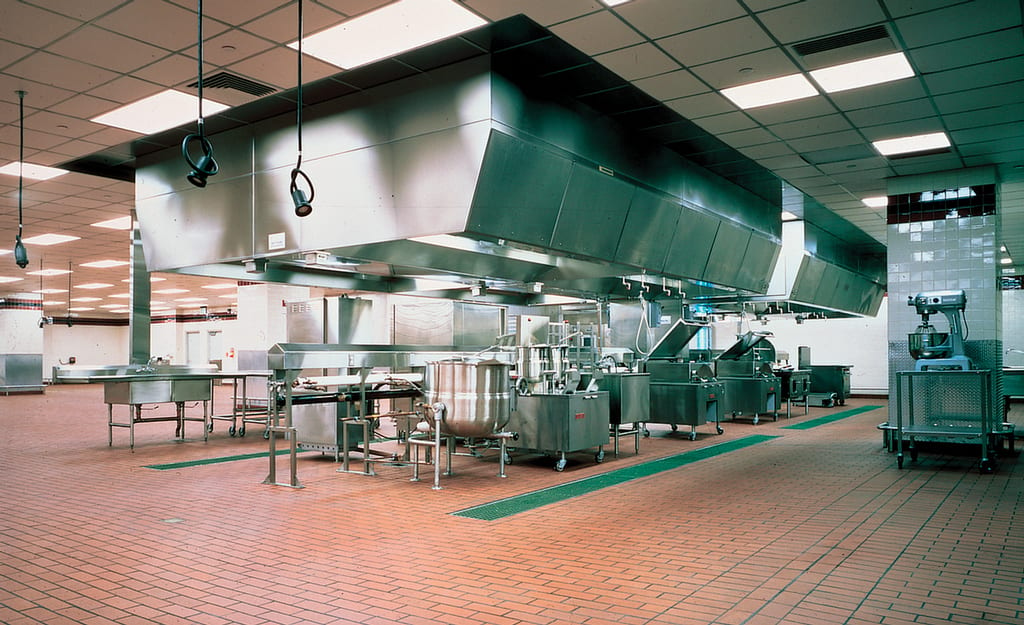
General Shale is headquartered in Johnson City, Tenn. Credit: General Shale

Schott Pharma begins construction on Serbia plant
Schott Pharma is investing a double-digit million euro amount in a new production site for drug containment solutions and delivery systems in Jagodina, central Serbia. A groundbreaking ceremony took place at the end of December 2023, and in the first phase of construction, Schott Pharma will create 130 new jobs, with 350 planned for the expansion phase.

Representatives from the region in Serbia attended the groundbreaking ceremony. Credit: Schott Pharma/Sasa Krstic

O-I qualifies for DOE funds for decarbonization project
O-I Glass, Inc. was selected by the U.S. Department of Energy to begin award negotiations for up to $125 million in Bipartisan Infrastructure Law and Inflation Reduction Act funding. The company plans to rebuild four furnaces across three facilities in California, Ohio, and Virginia to reduce carbon dioxide emissions by an estimated 48,000 metric tons per year. O-I says the project will demonstrate the functionality of combining multiple technologies across different glass colors and container types.

O-I said the project will support up to 1,200 jobs across four furnaces. Credit: O-I Glass

Cerion expands its ceramic nanomaterials operations
Cerion Nanomaterials expanded its ceramic research and development operations, responding to increased demand for ceramic nanomaterials from the aerospace, automotive, electronics, energy, and defense sectors. The company says it increased its capacity for managing thermal reactions in both oxidative and reducing atmospheres, invested in increasing and refining pre-processing and post-processing stages to ensure the precision processing of raw material feedstocks and finished products, and upgraded its in-house analytical center.

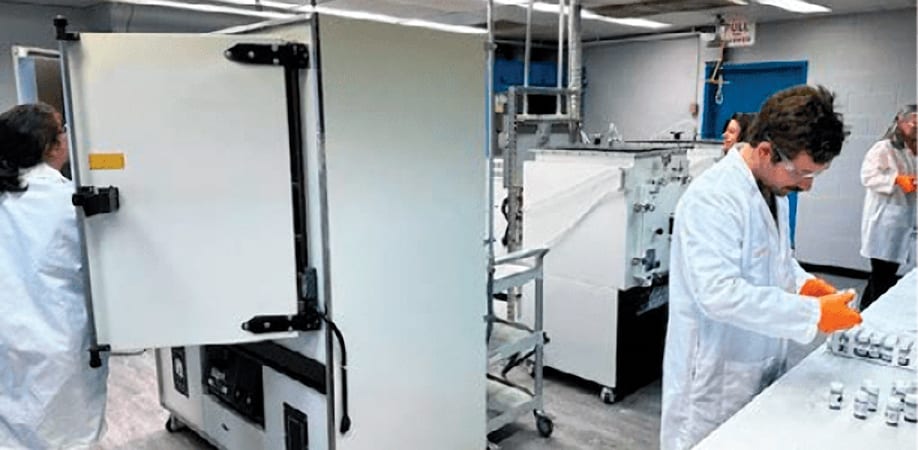
Cerion designs custom ceramic nanomaterials for high-volume manufacturing. Credit: Cerion Nanomaterials
World’s largest glass production site in Türkiye
Global glass maker Şişecam says it has created the world’s largest glass production site. With the launch of a new glass packaging furnace and the completion of a cold repair on a glassware furnace, the site in Eskişehir, Türkiye, has a consolidated capacity of about 1 million tons. In addition to its sites in Türkiye, Şişecam operates production facilities in Germany, Italy, Bulgaria, Romania, Slovakia, Hungary, Bosnia and Herzegovina, Russian Federation, Georgia, Ukraine, Egypt, India, and the U.S.

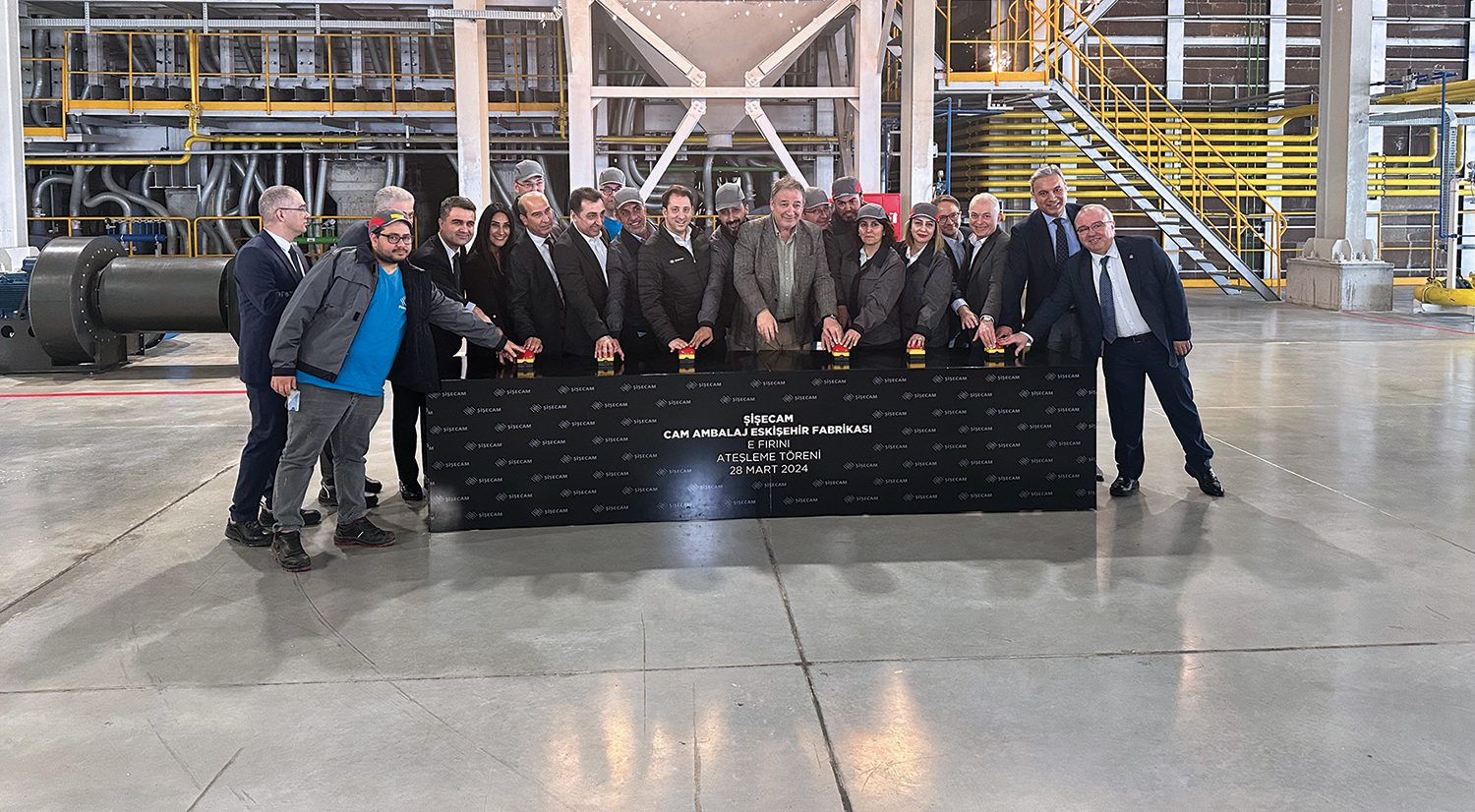
The new production capacity at the site will add about 375 jobs. Credit: Şişecam
